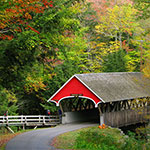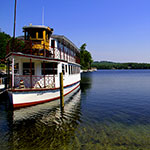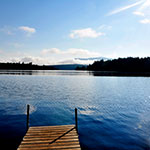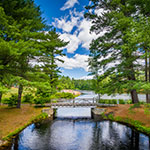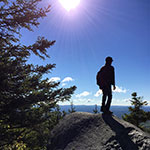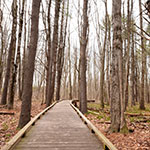
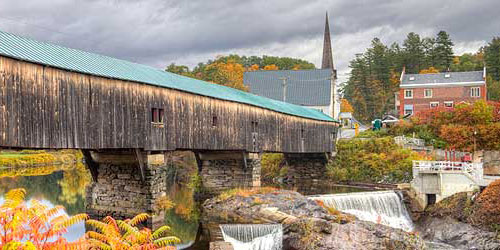
Pettyboro Road Bath, NH, 03740 Phone:
Location: West of U.S. Route 302 over the Ammonoosuc River
Blair Road Campton, NH, 03223 Phone:
Location: East of U.S. Route 3, two miles north of Livermore Falls
Location: in the Flume Gorge, Franconia Notch State Park
East Side Street Conway, NH, 03818 Phone:
Location: 0.4 miles north of the junction routes 16 and 153 on east side of road. In Conway Village go north on Washington Street and turn right at the fork; this is East Side Road.
route 135 Bath and Haverhill, NH, 03740 Phone:
Location: One-quarter mile north of U.S. Route 302 in Woodsville Village
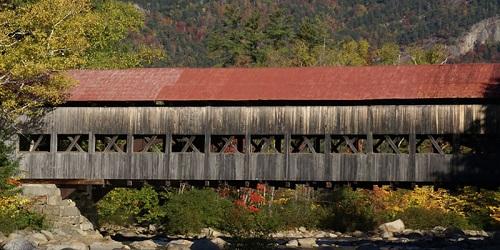
Passaconaway Road Albany, NH, 03818 Phone:
Location: Just north of the Kancamagus Highway, six miles west of N.H. Route 16
Location: One-half mile north of N.H. Route 16 at Conway Village
Main Street at Pinkham Notch Road Jackson, NH, 03846 Phone:
Location: From the intersection of Routes 16 and 16A, travel east on Route 16A
Old Stephan's Road Campton, NH, 03223 Phone:
Location: The bridge can be reached by driving into the campground just east of U.S. Route 3 and north of N.H. Route 49.
Location: East of U.S. Route 3 in Clark's Trading Post on Clark's Short Steam Railroad
Bump Road Campton, NH, 03223 Phone:
Location: One mile east of N.H. Route 175 at Campton Hollow
Valley Road Bath, NH, 03740 Phone:
Location: North of N.H. Route 112 over the Wild Ammonoosuc River
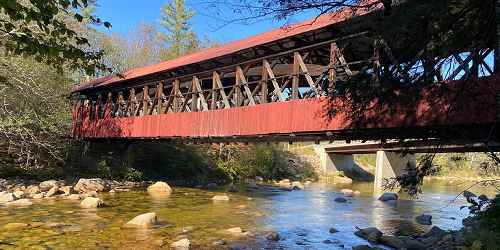
Near Route 302 Bartlett (Intervale), NH, 03812 Phone:
Location: West on U.S. Route 302, four and one-half miles east of Bartlett Village
For special offers and great New England travel tips subscribe today.
